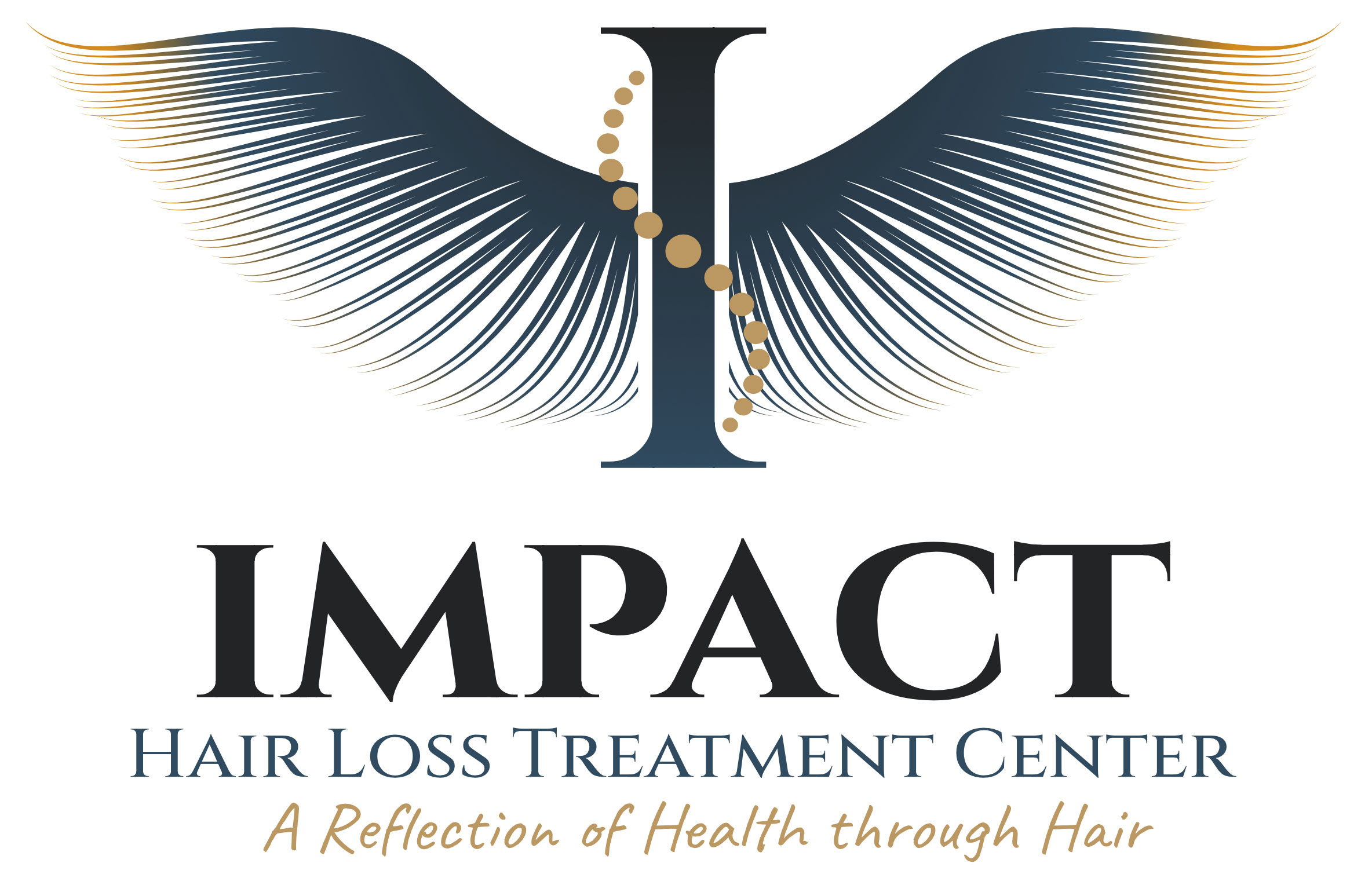Cause & Types of Hair Loss
Cause & Types of Hair Loss
Chemotherapy works by destroying rapidly dividing cancer cells, however, at the same time, other rapidly dividing cells of the body such as hair follicles are also destroyed, and this unwanted effect leads to chemotherapy-induced alopecia starting 1–3 weeks and peaking at 1–2 months of treatment. Post pregnancy hair loss is another common cause…Early detection is key to reversing your Hair Loss.
Are you concerned about the state of your Hair and Scalp?
Do you suspect you may have some sort of hair and scalp disorder?
Have you been Diagnosed with a Hair and Scalp Condition?
If you answered yes to any of the questions above, read on to learn more about “common hair loss conditions”:
FEMALE & MALE PATTERN HAIR LOSS
This is the most common cause of hair loss. The development of genetic hair loss is associated with the shortening of the anagen (growing) phase of the hair cycle and consequently with an increase in the proportion of telogen (resting) hairs.
Female genetic hair loss affects over 30% of women. The hair loss is typically diffuse (evenly spread over the scalp) and affects the frontal and vertex (crown) areas with similar severity. Often a band of slightly denser hair is retained along the frontal hairline. Also, women can exhibit a normal amount of hair in the front area of their scalp, which gradually thins out as you look farther back near their crown.
The onset of male genetic hair loss is linearly related to age; that is, 20% of men experience some hair loss by age twenty; 30% of men experience some hair loss by age thirty, and so on. The hair begins to recede at the temples and thin in the vertex (crown) area. Eventually, the entire fronto-vertex (between the hairline and crown) area of the scalp can be involved.

